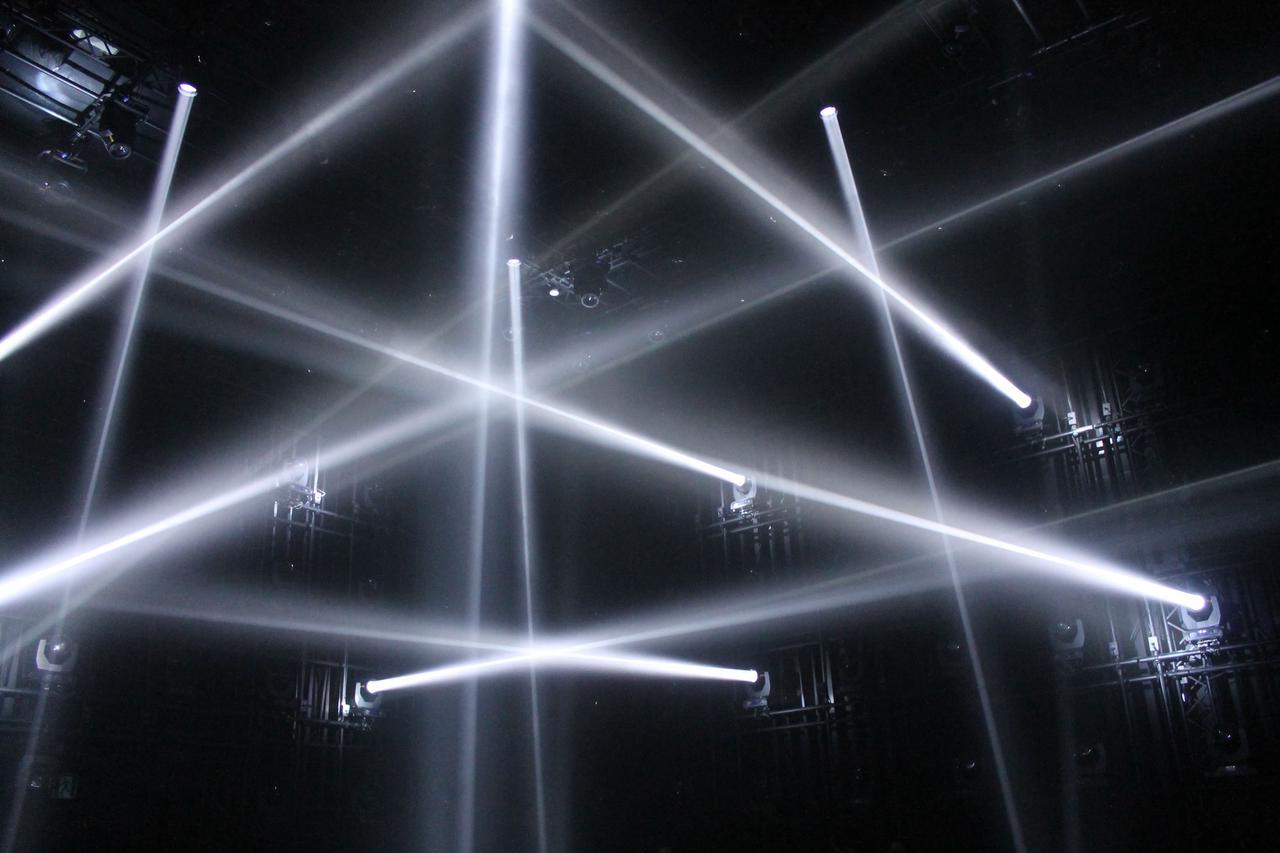On the streets, we often see colorful neon lights flickering, creating dazzling lights on store signs. There are two types of neon lights: traditional neon lights and LED neon lights. Now, let's uncover the secrets of how they emit light!
First, let's look at traditional neon lights. The lighting principle of traditional neon lights is fascinating. They are made of a special glass tube filled with neon gas. When electricity is applied, the neon gas inside the glass tube becomes excited, like a ignited flame!

When neon gas is excited, its electrons become highly active. These electrons jump to higher energy levels, just like participating in a high jump competition! However, electrons cannot stay at the high energy levels indefinitely; they return to their original energy levels and release energy. This energy is emitted as light, appearing as colorful bursts like a rainbow!

Different gases emit different colors of light. For example, neon gas emits bright red light, while argon gas produces blue light. That's why traditional neon lights display such a vibrant array of colors on the streets. It's truly fascinating!
Now, let's move on to LED neon lights. LED stands for Light-Emitting Diode, and it is a compact and powerful lighting device. LED neon lights operate on a different lighting principle, equally captivating!

LED neon lights use a special material called a semiconductor. The semiconductor is like a tiny magic box filled with numerous particles. When electricity flows through the LED, these particles start dancing!

As the current passes through the LED, electrons begin to flow within the semiconductor material. When electrons encounter "holes" within the semiconductor, a marvelous event called electron recombination occurs. During this process, energy is released and flickers as light.
By controlling the composition and structure of the semiconductor material, we can create various colors. It's like using a magical paintbrush to effortlessly produce red, green, blue, and many other beautiful colors. That's why LED neon lights can display such a diverse and vibrant range of effects.

Whether it's traditional neon lights or LED neon lights, they are a marvelous combination of electricity and gas. They illuminate our world, bringing us endless joy and beauty!
We hope you enjoyed this exploration of the lighting principles behind traditional neon lights and LED neon lights. Remember, when you see those flickering neon lights, you now understand the science behind their illumination. It's like the most beautiful magic in the world! Would you like to experience the enchantment of neon lights firsthand? Why not customize your own neon light and witness its luminous miracle with your own eyes?




